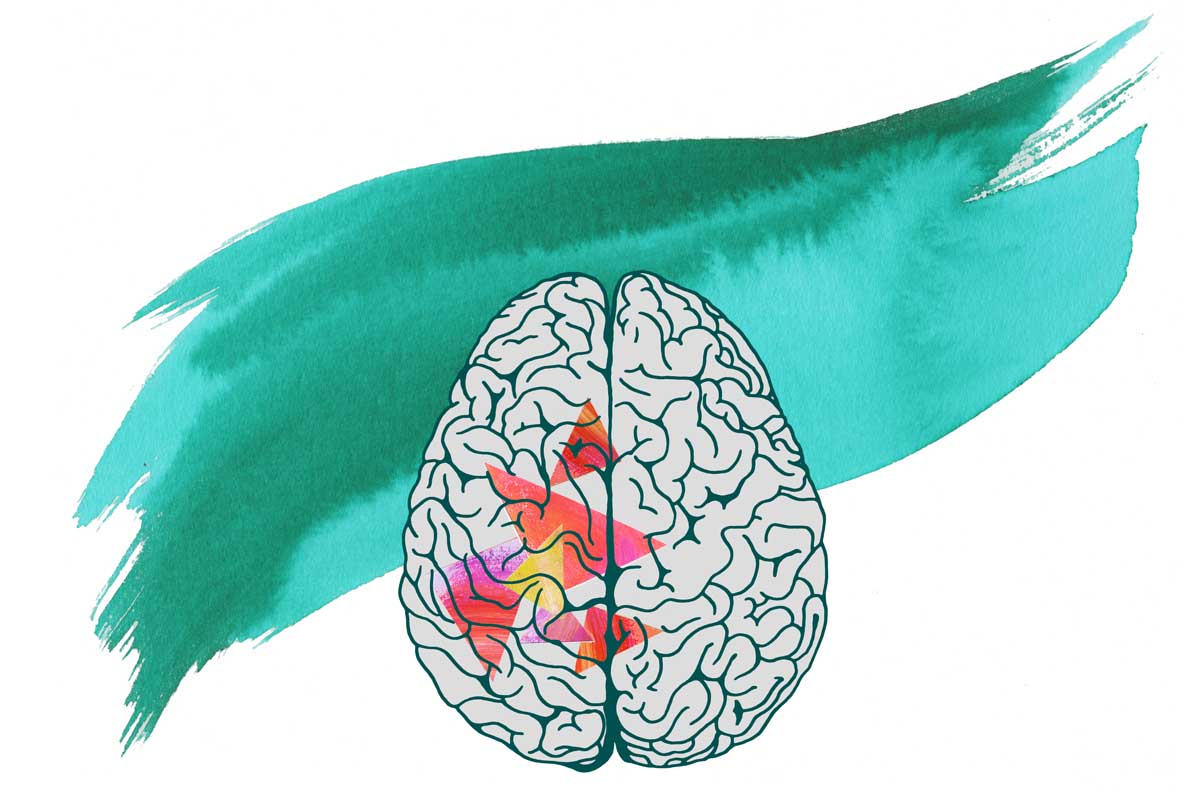To determine the most appropriate treatment after a stroke, the Emergency Department team must assess the type of cerebrovascular accident that you have had, and the area of the brain affected. They must also rule out different possible causes of the symptoms, such as other neurological conditions. The doctor may use several tests to determine a patient’s risk of stroke, including the following:

The doctor will ask you or a family member what symptoms you have been experiencing, when they started and what you were doing when they started. The doctor will then assess if these symptoms are still present. He/she will also want to know what medication you are taking and whether you have had a head injury. You will be asked about your own medical history and your family history of heart disease, transient ischaemic attack and stroke. The doctor will check your blood pressure and will use a stethoscope to listen to your heart and also to check for a rushing sound (murmur) in the arteries in the neck (carotids), which can indicate atherosclerosis. An ophthalmoscope may also be used to check for signs of small cholesterol crystals or clots in the retinal blood vessels.
Several blood tests may be performed which will show the healthcare team the status of blood coagulation, whether blood sugar is abnormally high or low, whether critical chemical substances in the blood are imbalanced or whether you might have an infection. Managing coagulation time, sugar levels and other key chemical substances will form part of your care following a stroke.
A computerised tomography scan involves a series of X-rays which create a detailed image of the brain. A computerised tomography investigation can show a haemorrhage, tumour, stroke and other conditions. Doctors can inject a substance into the blood stream to see blood vessels in the neck and brain in greater detail (computerised tomography angiography). The doctor may use different types of computerised tomography according to your condition.
Magnetic resonance uses powerful radio waves and magnets to create a detailed view of the brain. Magnetic resonance can detect damaged brain tissue due to an ischaemic stroke, and cerebral haemorrhage. The doctor can inject a substance into a blood vessel to see the arteries and veins and highlight the blood flow (magnetic resonance arterial or venous angiography).
In this test, sound waves create detailed images of the inside of the carotid arteries in the neck. This test shows the accumulation of fat deposits (plaques) and the blood flow in the carotid arteries.
In this test, the doctor inserts a thin, flexible tube (catheter) through a small incision, usually in the groin, and guides it through the main arteries into the carotid or vertebral artery. The doctor then injects a substance into the blood vessels so that they can be seen using X-ray imaging. This procedure provides a detailed view of the cerebral arteries and the arteries in the neck.
An echocardiogram uses sound waves to create detailed images of the heart. An echocardiogram can find the origin of clots in the heart, clots which may have been displaced from there towards the brain causing the stroke.
In this test, the a flexible tube is inserted, with a small device (transducer) attached, through the throat, passing it down to the tube that connects the back of the mouth with the stomach (oesophagus). As the stomach is directly behind the heart, a transoesophageal echocardiogram can create clear and detailed ultrasound images of the heart and of any blood clot.
At HC Marbella our highly experienced specialists –Dr. Jesús Romero Imbroda– use the most advanced equipment available to determine the status, or risk, of a stroke.
Sources: HC Marbella / Mayo Clinic
Oktober 29, 2019
lesen Sie Nachrichten
Tel.: +34 952 908 628
+34 609 148 799
952908898 Onkologie
951829978 Bildgebende Diagnostik
951829947 Gynäkologie
952908897 Fertilitäts-Zentrum
951829947 Physiotherapie